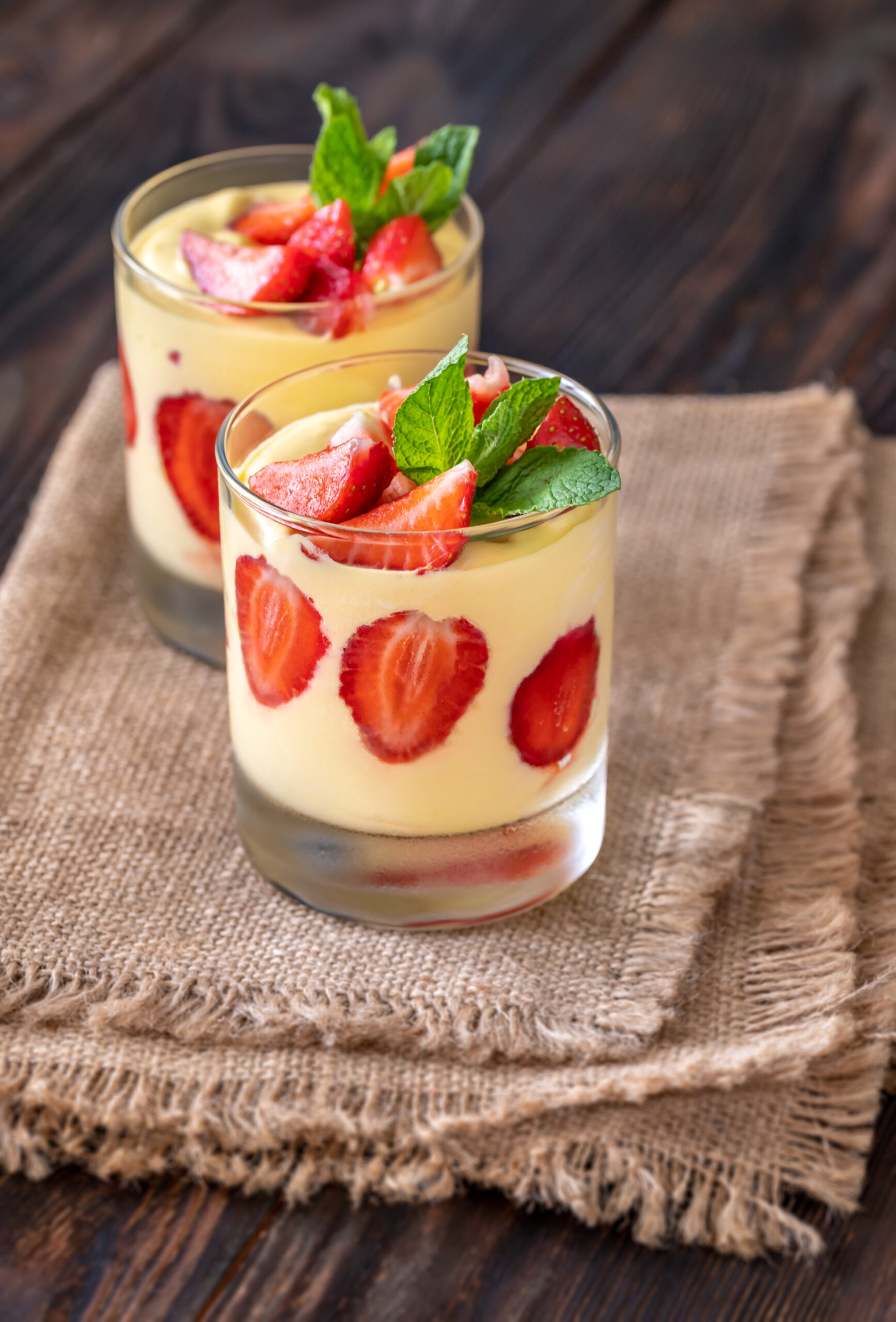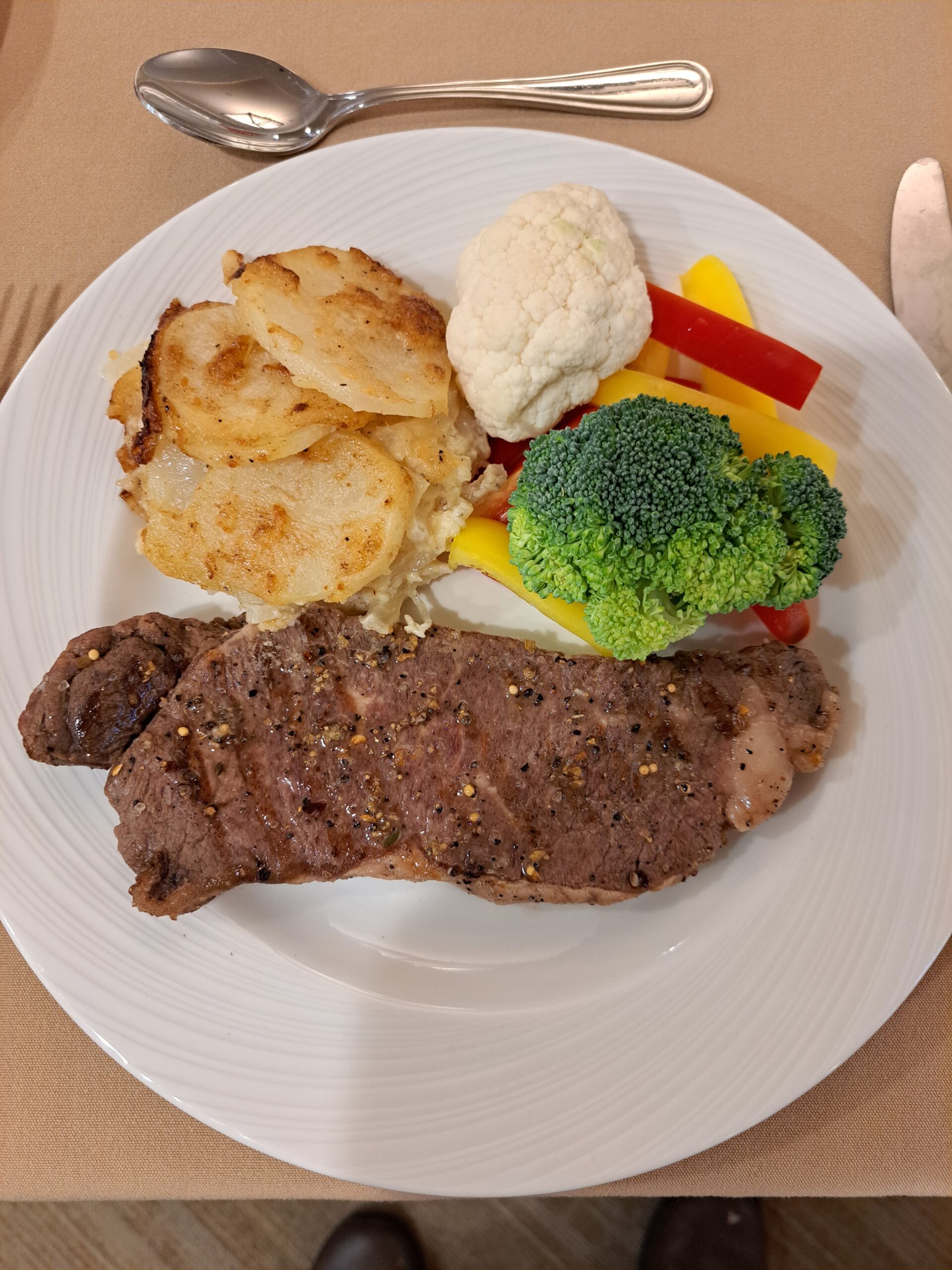Be Sharing
We Canadians love our blueberries. We enjoy them fresh with cream or milk on cereal, ice cream, in pancakes, muffins, scones, cobblers, pies, cakes and savoury dishes too.
It’s no surprise then, that Canada is the world’s second largest producer of blueberries and the world leader in wild blueberry production.
Wild vs. Cultivated:
- Wild blueberries (also called lowbush blueberries) are native to Eastern North America and grow best on treeless land or on land that has been burned over. Wild blueberries are unusual because growers do not plant them, but instead manage wild stands that spread naturally by means of underground runners. A very perishable berry, it is most often used for processing vs fresh sales. A crop is harvested every second year from wild blueberry plants.
- Cultivated (aptly called highbush blueberries, as they can grow 5 to 7 feet tall!) were developed from the wild variety in the first half of the 20th century. British Columbia grows most highbush blueberries (93 percent) of all the provinces but they can also be found in Ontario, Quebec and Nova Scotia. They are larger and less perishable than the wild variety, which makes them highly suitable for shipping fresh to retail markets.
Health Benefits:
- Blueberries are an excellent source of manganese and vitamin C and have more than twice as many antioxidants as most other fruits. Blueberries also contain proanthocyanins that may help prevent urinary tract infections, and anthocyanin-a natural compound linked to reducing eye strain.
- A “Superfood”, blueberries may have applications in fighting cancer, and high cholesterol, and may contribute to heart health since they appear to act as an anti-inflammatory. They may also slow the effects of aging, particularly the loss of memory and motor skills.
Why Are Blueberries Blue?
- Blueberries are one of the few “true blue” foods. It receives its colour from the high levels of the flavonoid anthocyanin. Anthocyanin is a water-soluble pigment that can range from the colour blue to red. Pigmentation is at its height during the first six days of colourization, this symbolizes the berry’s early stage of maturity.
Does Size Matter?
- Just because they’re bigger doesn’t mean they’re sweeter! Look for the bluest fruit, they are the sweetest.
The Buzz About Bees:
- Bees are often “imported” from other farms and even other provinces to pollinate blueberry fields. From mid-May to June depending on location, trailer loads of honey bees can be seen moving around the province as they are delivered to blueberry fields to pollinate. They are then returned to their honey farms to harvest the blueberry honey.
Living Loving Local Recipes:
Here is just one of the many delicious recipes we are celebrating cherries with this month:
Be Sharing




